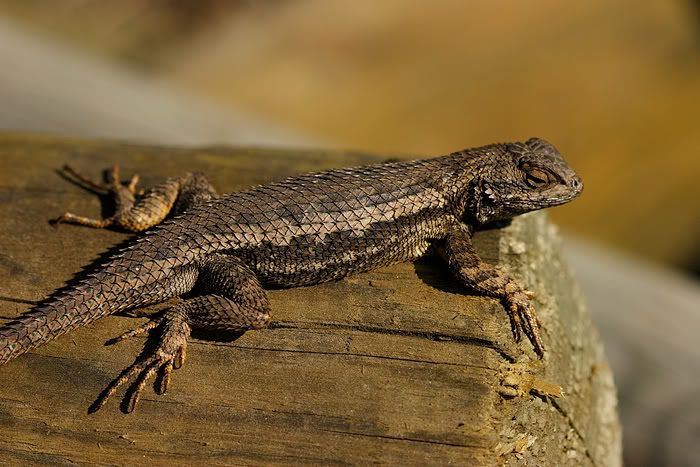Consider a spider weaving its web, for instance, and the assumption still held by many scientists that the behavior of such a diminutive creature is thoroughly "programmed in its genes." Certainly, the spider has received a rich genetic inheritance from its parents and its predecessors. Whatever "instructions," however, are enfolded within the living genome, they can hardly predict the specifics of the micro-terrain within which the spider may find itself at any particular moment. They could hardly have determined in advance the exact distance between the cave wall and the branch that the spider is now employing as an anchorage point for her current web, or the exact strength of the monsoon rains that make web-spinning a bit more difficult on this evening. And so the genome could not explicity have commanded the order of every flexion and extension of her various limbs as she weaves this web into its place. However complex are the inherited "programs," patterns, or predispositions, they must still be adapted to the immediate situation in which the spider finds itself. However determinate one's genetic inheritence, it must still, as it were, be woven into the present, an activity that necessarily involves both a receptivity to the specific shapes and textures of that present and a spontaneous creativity in adjusting oneself (and one's inheritance) to those contours. It is this open activity, this dynamic blend of receptivity and creativity by which ever animate organism necessarily orients itself to the world (and orients the world around itself), that we speak of by the term "perception."
- David Abram, SPELL OF THE SENSUOUS
In our culture, we tend to view nature as largely mechanistic in its actions. Even when evidence for the contrary looks us right in the eye.
When in California last Spring, I was exploring a restored salt marsh known as Bolsa Chica. Along a trail through the drier uplands, I spotted a western fence lizard in the leaf litter below some shrubs. With my camera, I squatted down to get a closer look. Fully expecting it to run off, the lizard did something very unexpected. It ran a little closer to me and snatched a bug, which it crunched down and swallowed quickly. With that, I sat down and started shooting pictures. The lizard posed, without fear. Then, it ran up to me in several spurts and hid under one of my crossed legs. From their it hopped onto my jeans and climbed up my leg into my lap, and stopped to look me deep in the eyes. There was a wordless exchange passed between us. I felt a strong feeling of acceptance, peace and even friendly warmth flowing from this lizard. For a moment, I felt I had a peak into the deep awareness that is "lizard." That very same lizard is in the photo below.

Such an experience may be passed off as a fluke of nature. An odd event that was a coincidence. Nothing more. I have had too many such "coincidences" in my life to believe that, though.
Intermittently, I began to wonder if my culture's assumptions regarding the lack of awareness in other animals and in the land itself was less a product of careful and judicious reasoning than of a strange inability to clearly see, or focus upon, anything outside the realm of human technology, or to hear as meaningful anything other than human speech.
- David Abram, SPELL OF THE SENSUOUS
It is a common western cultural assumption, that animals are less intelligent, less aware beings. Their ability to comprehend their experience in life limited by the development and size of their brains. And if they show themselves to act outside of the mostly mechanical assumptions, we excuse them to be motivated only by their basic functions, such as "Oh, that lizard was just looking for food, some bugs on your clothes." It is as if until the animals walk up to us and start speaking English, we won't believe that communication with them is possible. We won't believe that they can be just as aware of their world as we are, but in a different way.
Another event happened this past year with a raven in the desert of Joshua Tree National Park. A raven landed in a nearby joshua tree as I was walking back towards our car, along the trail. I approached it slowly, hoping for some close up photos. The bird started calling, in a low, soft voice. Soft, that is, for a raven. It would bow its head down and give a soft croak. I imitated this call as best I could, as I had a strange feeling it was aiming this call at me. Then we engaged in calling back and forth for several minutes, in which time I walked slowly closer and closer to the joshua tree it was perched in. Eventually, I was standing almost right under the tree and still the raven was calling. Its the same bird pictured calling in the photo below.

It flew out of the tree as another bird - probably its mate - came flying by. I believed that to be the end of it. But, once I had walked back to the car something else happened. The raven flew by, close to the windshield and looked in, right into my eyes as it passed.
These two very different animals engaged me in cross-species communication. Animals are not the only beings in nature that can communicate with us.



No comments:
Post a Comment